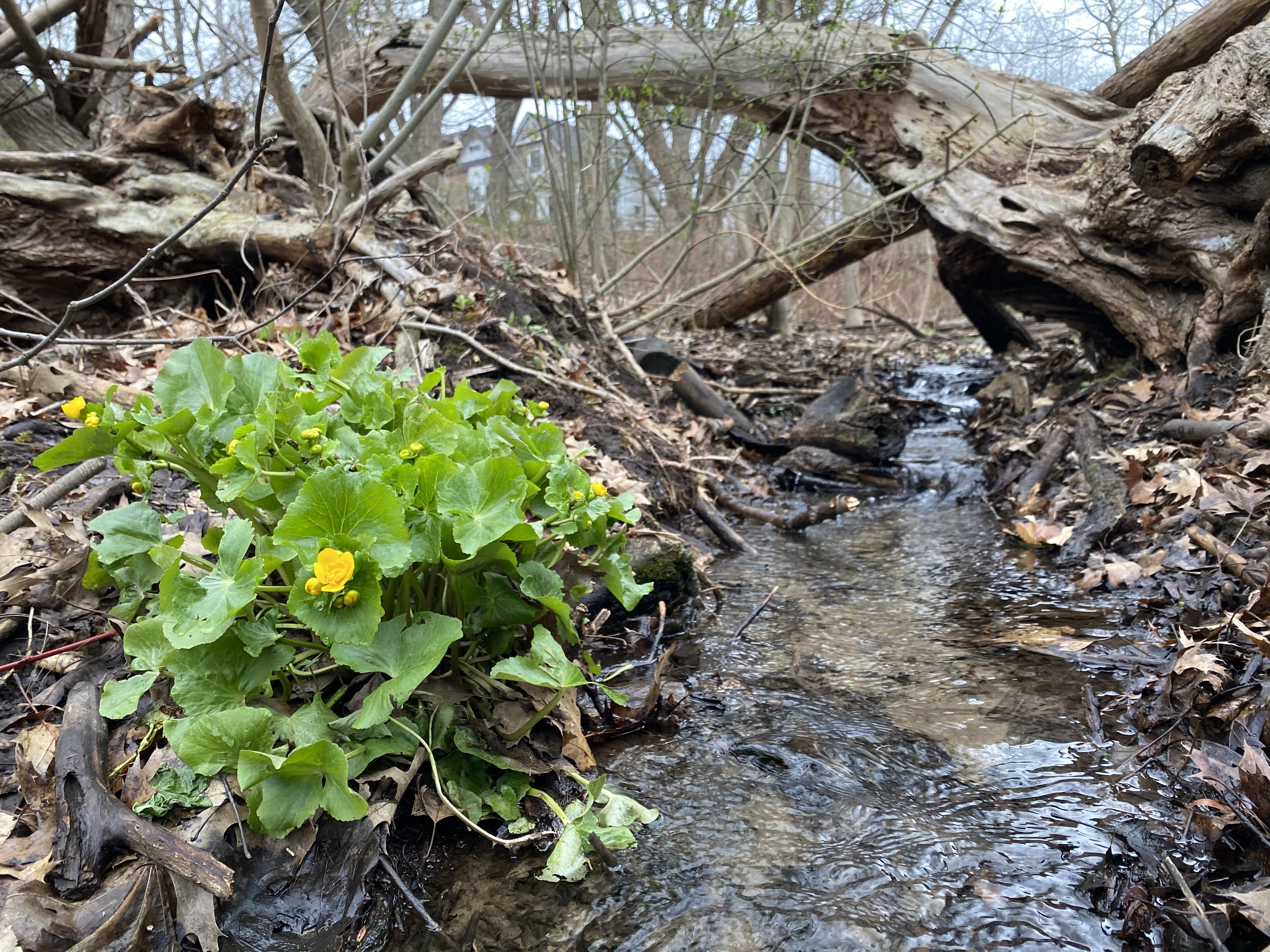Water is Life
Welcome to our first blog post! When I founded SpruceLab as an interdisciplinary firm, I sought to hire and collaborate with creative and talented people who are passionate about restoring nature and our connections to Mother Earth and her waters. And who are dedicated to following a path towards reconciliation and decolonization in planning and design. Where I live near the Don River in Toronto, we are all Treaty people: Treaty 13, The Toronto Purchase with the Missisaugas of the Credit First Nation, and the Gunshot Treaty with the Williams Treaty First Nations. Because I am known to speak out about the importance of respecting water, I was asked to write a piece for the Canadian Society of Landscape Architects journal, Landscapes / Paysages, an issue titled: water’s edge/rivages. Recently published, I am sharing my article here, ‘Water is Life’, with the hopes of inspiring others of considering your own relationships with water, the lifeblood of the planet.
I am fortunate to never be far from the water’s edge, be it Lake Ontario, the Don River, or the many lost rivers that run beneath my feet. The winding street near my home stands out in the urban grid as unique, suggesting water once flowed here. And it still does: If you stop and listen, you can hear it running through the storm drain grate 24/7. At the end of the street, there is a colourful mural with the image of Indigenous children playing in the creek painted on the rear of a building. Looking back, moving to this location was likely not a coincidence. Throughout my education and career, water has figured prominently. When I plan and design, my heart pulls me to consider the water connections from the site to the watershed scale, the combined interactions of people on the land – either causing significant damage, or creating an opportunity for ecosystems and community. What is now referred to as ‘green infrastructure’, working with nature to help us do our work, has always really been just good landscape architecture.
Smalls Creek in early spring with marsh marigolds (Sheila Boudreau).
Early in my career, working on creek revitalization projects at the City of Waterloo, teaching students about watersheds before the community plantings, I decided to do a Master’s degree in Planning focused on community-based planning for the Don River Watershed. I was fascinated to learn about what brought strangers together across political divides and cultural differences, to collaborate in planning for an immense, complex landscape, difficult to fathom at the human scale. In landscape architecture, we were taught to consider stormwater volumes and flows, how to move it from the surface effectively and safely throughout the seasons. Water as an object, although an ever moving, transforming one. I knew that this understanding wasn’t the driving force behind the passions I witnessed and felt.
Years later, I was fortunate to join Indigenous Water Walkers, led by Anishinaabeg Elder and water rights advocate, Grandmother Josephine Mandamin, along the edge of Niigaani-gichigami (Lake Ontario) from Scarborough to the downtown ferry docks. Elder Mandamin, from her love of Nibi (water), called for the protection and respect of water as living and as sacred. I became teary, carrying the copper pot of water as we walked past Waterfront Toronto projects I had worked on while at DTAH (image above, taken by a friend). Thinking of the many Water’s Edge Promenade’s trees that I had selected at nurseries, planted in healthy, generous soil in Silva cells below the granite pavers, thriving with the stormwater they received. When landscape architects use creativity and passion to develop details inspired by thinking deeply about what we do, and who we do it for, beautiful things happen. My water story continues with a fight to protect Small’s Creek from degradation, due to a Metrolinx railway expansion that fails to adequately prioritize one of the few natural tributaries and wetland complexes that remain in the heart of the city. This project has galvanized the community to unite and speak up for the ravine, once again, demonstrating how water is life.


